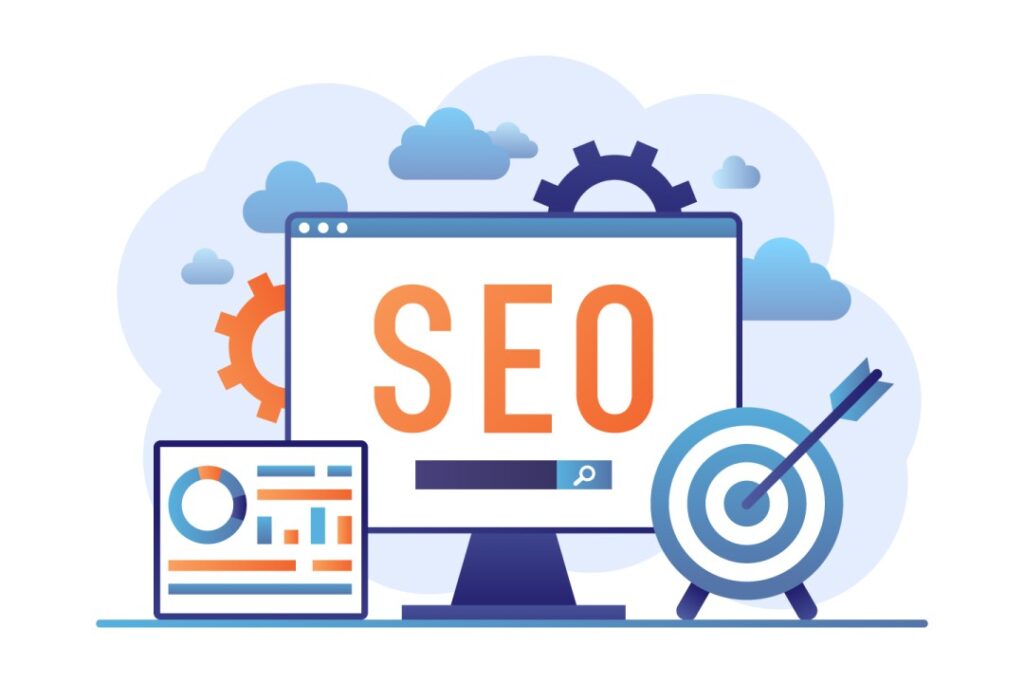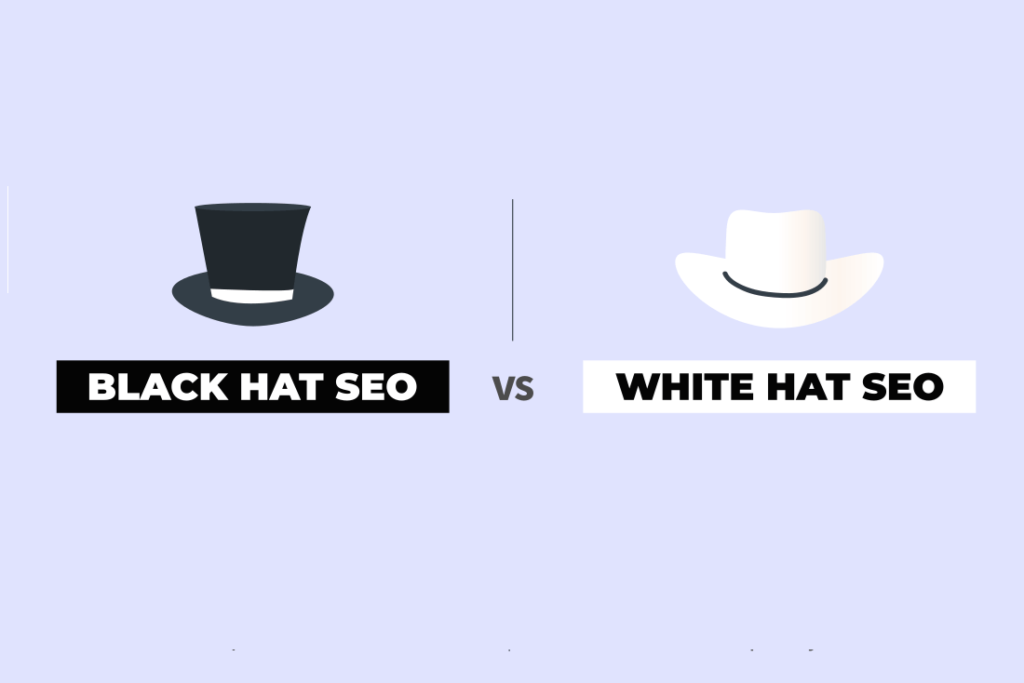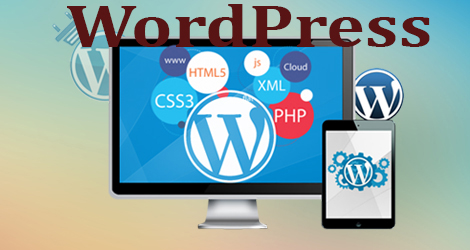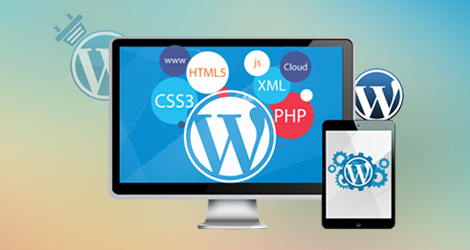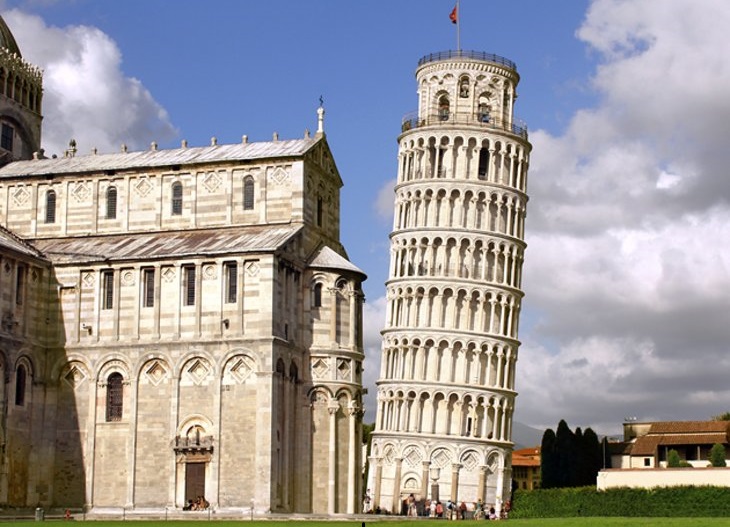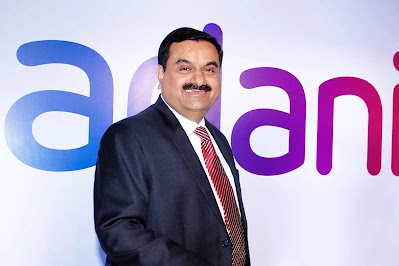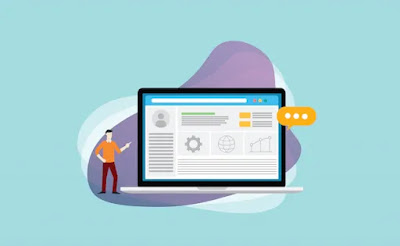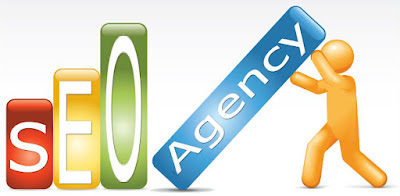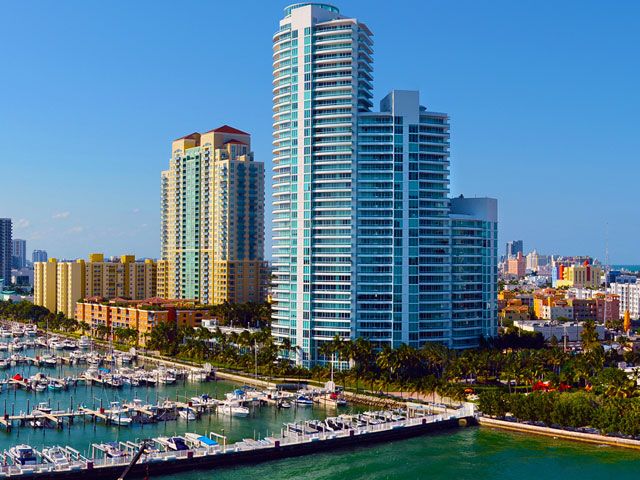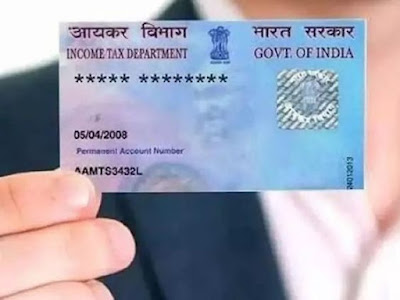How to Install WordPress (2024)?
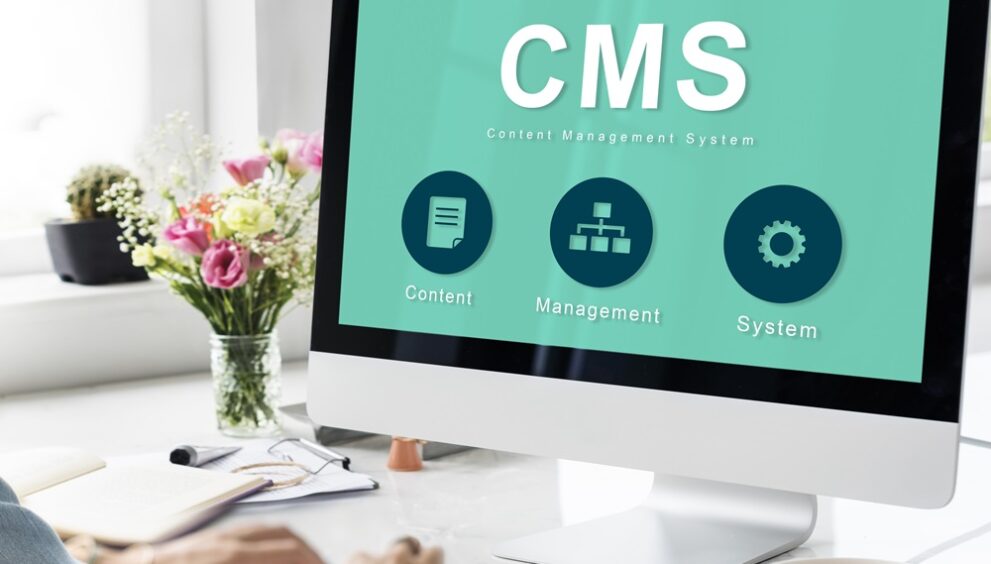
WordPress is a popular open-source Content Management System (CMS) used for building websites and blogs. It’s renowned for its flexibility, ease of use, and vast customization options.
Installing WordPress is a relatively straightforward process. There are a few different methods to do it, but the most common way is through web hosting using tools like cPanel or manually via FTP.
Method 1: Installing WordPress via cPanel (One-Click Installation):
Log in to Your Hosting Account: Access your hosting provider’s website and log in to your account.
Access cPanel: Once logged in, find and access the cPanel. This is the control panel where you manage your website.
Find the WordPress Installer: Look for an icon or section labeled “WordPress” or “Softaculous Apps Installer” within cPanel.
Select WordPress: Click on the WordPress icon. You’ll be directed to a page with an “Install Now” button.
Start the Installation: Click “Install Now” and fill in the required details:
- Choose the domain where you want to install WordPress.
- Set the directory if you want WordPress installed in a subfolder (optional).
- Input your site name, description, admin username, password, and admin email.
- Optionally, select a theme (you can change this later).
Complete Installation: Click the “Install” button to complete the installation. You’ll receive confirmation once WordPress is installed.
Access Your WordPress Dashboard: Visit your domain, followed by “/wp-admin” (e.g., yoursite.com/wp-admin) and log in using the credentials you set during installation.
Method 2: Manual Installation WordPress via FTP:
Download WordPress: Visit wordpress.org and download the latest version of WordPress.
Access Your Hosting Account via FTP: Use an FTP client (like FileZilla) to connect to your web hosting server. Enter your FTP credentials.
Upload WordPress Files: Unzip the downloaded WordPress file and upload its contents to your website’s root directory (public_html folder) via FTP.
Create a Database: Log in to your hosting account’s cPanel and navigate to “MySQL Databases.” Create a new database and user, then grant the user all privileges to the database.
Configure wp-config.php: In the root directory, find the file named “wp-config-sample.php” and rename it to “wp-config.php.” Edit this file, adding your database name, username, password, and host details.
Run WordPress Installation: Open your web browser and visit your domain. You should see the WordPress installation page. Fill in your site details, such as site name, admin username, password, and admin email.
Complete Installation: Click “Install WordPress,” and you’ll receive a success message.
Access Your WordPress Dashboard: Visit your domain followed by “/wp-admin” (e.g., yoursite.com/wp-admin) and log in using the credentials you set during installation.
Whichever method you choose, once you’ve installed WordPress, you’ll have access to the dashboard, where you can customize your site, install themes and plugins, and start creating content.
WordPress Core Features:
1. User Management:
WordPress allows multiple user roles (admin, editor, author, contributor, subscriber) with different levels of access to manage the site.
2. Content Management:
- Editor: WordPress provides a user-friendly editor for creating and formatting content with options for text, images, videos, and more.
- Media Library: Easily manage and upload images, videos, and other media files.
3. SEO and Mobile Optimization:
WordPress is SEO-friendly, and many plugins help optimize content for search engines. It also offers responsive themes for mobile-friendly designs.
4. E-commerce Capabilities:
With plugins like WooCommerce, WordPress enables the creation of online stores, allowing you to sell products and manage inventory.
5. Community and Support:
WordPress has a vast community of developers, forums, tutorials, and documentation, making it easy to find help and resources.
WordPress’s flexibility and extensive ecosystem make it a preferred choice for individuals and businesses looking to create powerful, scalable, and customizable websites. Whether you’re a beginner or an experienced developer, WordPress offers a platform to bring your web projects to life.
FAQs About Installing WordPress
What do I need to install WordPress?
You’ll need a domain name and a web hosting account that supports PHP and MySQL databases.
Can I install WordPress manually?
Yes, you can install WordPress manually by downloading the WordPress package from wordpress.org and following the installation instructions to upload files and set up the database.
Is there an easier way to install WordPress?
Many web hosting providers offer one-click WordPress installation through tools like Softaculous, Fantastico, or their control panel (like cPanel).
What are the minimum requirements for WordPress installation?
WordPress recommends PHP version 7.4 or greater, MySQL version 5.6 or greater OR MariaDB version 10.1 or greater, and HTTPS support.
Do I need coding knowledge to install WordPress?
No, you don’t need coding knowledge to install WordPress. Most hosting providers offer simple installation processes that require basic computer skills.
Can I install WordPress on my local computer for testing purposes?
Yes, you can use software like XAMPP or MAMP to create a local server environment on your computer and install WordPress for testing and development.
What is the difference between WordPress.com and WordPress.org for installation?
WordPress.org provides free, self-hosted WordPress software that you can install on your server. WordPress.com, on the other hand, offers hosting and a managed WordPress solution where they take care of the technical aspects.
Is WordPress installation free?
Yes, WordPress software is free to download and use. However, you might need to pay for a domain name, hosting, themes, or plugins depending on your needs.
Can I install WordPress in a subdirectory?
Yes, during installation, you can specify a subdirectory for WordPress installation. For example, instead of installing it on your main domain, you can install it on “yourdomain.com/blog”.
What should I do after installing WordPress?
After installation, log into your WordPress dashboard, choose a theme, customize settings, install essential plugins, create content, and ensure your site’s security by updating regularly and taking backups.




